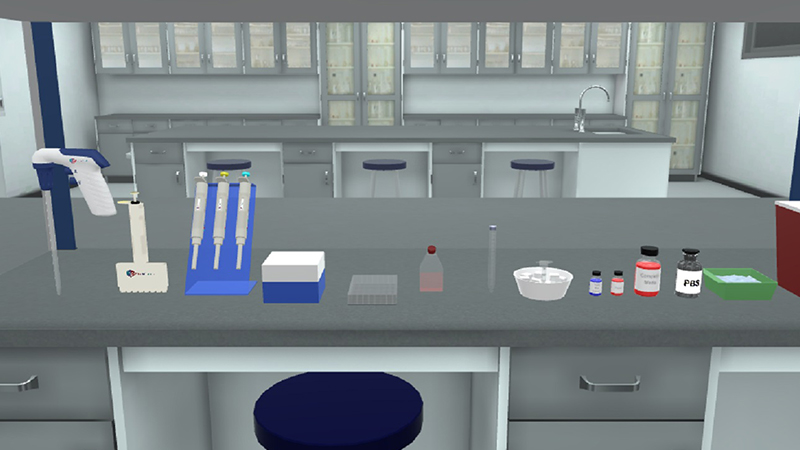New In Vitro 8-Hydroxydeoxy Guanosine Assay - 8 OHDG Test
Biology | Toxicology | Biochemistry | Pharmacology






2.5M+
Active Users Worldwide
80%
Improved Learning Retention
60%
Reduction in Laboratory Costs
In Vitro Immunofluorescence Assay for detection of 8-OHdG and DNA Damage.
Successfully handle the required instruments and consumables needed in the 8 OHDG test experiment.




